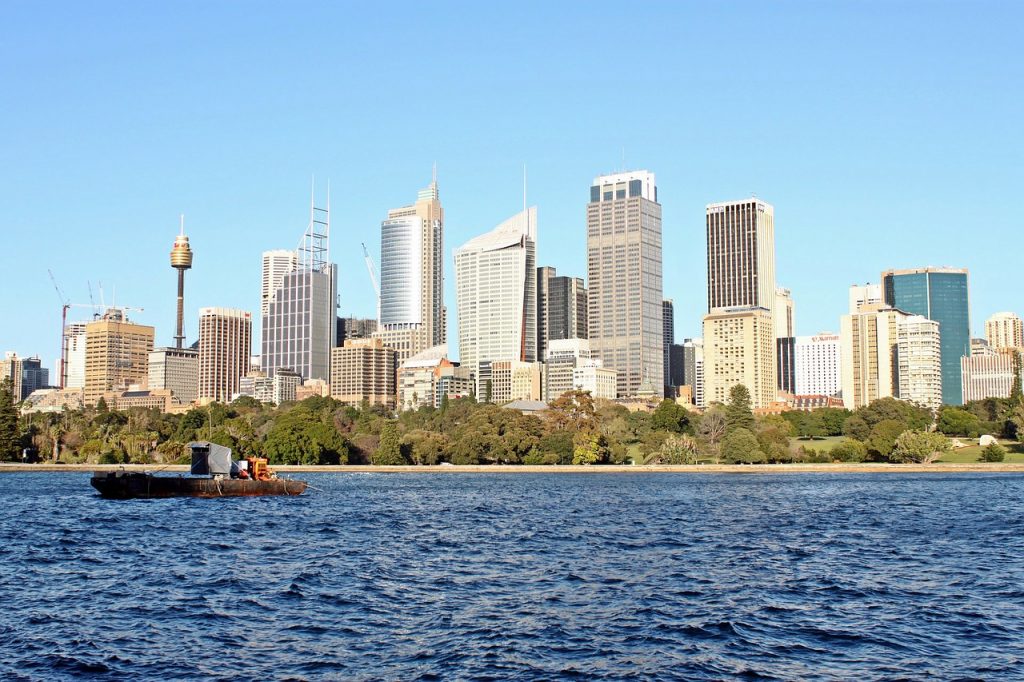
Looking at the 2016 GRESB results, Australia and New Zealand again are leading the pack in terms of outperforming the other regions on environmental, social, and governance (ESG) aspects. Besides strong government support, this is a direct result of a unique approach by the region’s property market. On one hand, the market has shown a long-term commitment to sustainability and pervasive spirit of collaboration and knowledge sharing. Australian and New Zealand property companies and funds are unusually open to exchanging experiences and insights. Competitors frequently work together to address material issues and create new guidelines and standards. For instance, Sydney’s Better Buildings Partnership recently released an updated green lease standard designed to help tenants and landlords deliver stronger sustainability performance. On the other hand, companies and funds in the region are extremely competitive, as the sector regards superior ESG performance as a proxy for quality. For example, the Property Council of Australia’s Guide to Office Building Quality, dictates that Premium and A-grade building stock are required to have 4 star and 3.5 star NABERS Energy ratings respectively. In addition, strong overall ESG performance is also considered to be an indicator of leading management quality. And there can be only one regional GRESB Sector Leader.
This unique combination of collaboration and competition has helped drive the region’s companies and funds to higher levels of performance, and indeed has supported its global leadership year after year. However, it should also be noted that while Australia and New Zealand continue to lead, the region’s rate of improvement in average ESG performance trailed other parts of the world. This means that other regions gained some ground against companies and funds in Australia and New Zealand this year. This reflects the challenge of trying to continue to raise the bar from an already high level of performance, while also including new companies and funds just starting out in their efforts to manage ESG performance.
This year’s GRESB data shows that companies and funds from Australia and New Zealand reported solid like-for-like improvement with regard to environmental performance indicators. Overall, energy consumption decreased by 2 percent, while carbon emissions decreased by 5.4 percent. However, the picture is quite different at the middle and bottom segments of the property market. A recent report of the Australian Sustainable Built Environment Council (ASBEC) showed that energy intensity has only improved by two per cent across the commercial sector in a decade. This includes all buildings and portfolios across all quality segments. Over the time span of a decade, these results are not very impressive, certainly not when taking into account that the total building stock increased in terms of floor area and that economy-wide efficiency gains typically average 1 percent per year. Although market leaders show continued commitment to improving ESG performance, the challenge for policy makers lies in being able to extend that progress to the whole market.
So where should the region go from here? Meeting ambitious global goals for climate protection require faster, deeper improvements in ESG performance. The COP21 agreement has a clear physical goal to limit global climate change to well below 2°C above pre-industrial levels. This will require an “all hands on deck” strategy, combining more aggressive policies from governments, with action from engaged, responsible investors.
Governments in Australia and New Zealand have a unique role in raising minimum standards across the entire industry, incentivizing high performance, and investing in new technology. There is no time to wait, as global temperatures rise and other governments begin to take action. Australia and New Zealand are going to have to reduce their overall emissions substantially to meet these target, and the building sector will need to be part of the solution. Fortunately, there is a clear and present underlying business case to do well, while helping address this global challenge. The ASBEC report shows that we already have the technology to dramatically reduce building energy consumption and carbon emissions. This has the potential to save a whopping USD 15 billion – or USD 2 for every USD 1 invested – until 2030. The major component of these energy savings will be delivered by buildings that are cheaper to light, heat and cool, but in addition also support improved occupant health and well-being, and greater productivity.
Investors provide a critical complement to government action. Investors have the ability to engage across the entire property market, typically in advance of government regulation. In Australia and New Zealand, this started with requiring basic ESG disclosure from their investments; however, there are opportunities to do much more. Investors can demand tangible improvements in operational and environmental performance metrics, such as energy intensity or water consumption. On top of this, they can engage with their investments to encourage and reward profitable action to accelerate the transition to a net-zero carbon built environment. For example, the recently launched climate bond emissions trajectories for commercial buildings in Australia provide investors with the guarantee that their capital is exclusively used for green building investments.
Going forward, there will be no rest for the world’s leading region. Governments in Australia and New Zealand are expected to develop more aggressive policies and raise minimum standards in order to meet the targets of the Paris climate agreement. Investors will increasingly allocate capital to those property companies and funds that are working the hardest at solving the region’s environmental, social, and governance issues. At the same time, the other regions are focused on improving their performance and closing the gap with Australia and New Zealand. This creates a new competitive playing field for property companies and funds in the region. The heat is on!
This article is written by Ruben Langbroek.